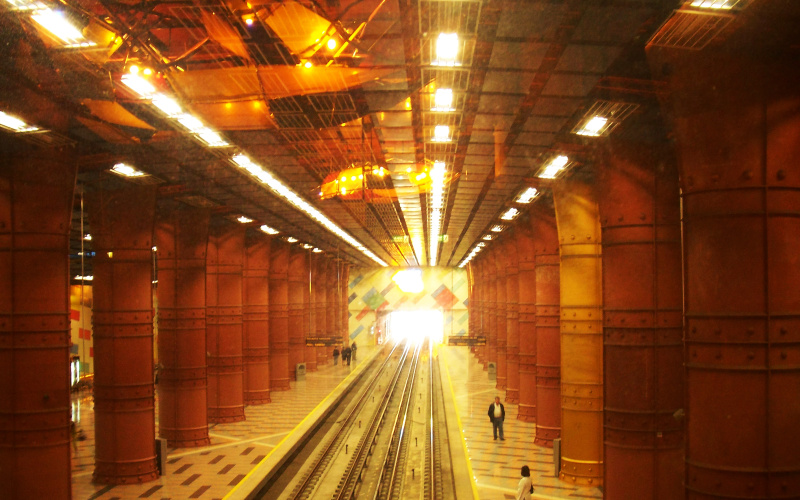Florian Leitner: Images of Absolute Movement
- Erstellungsdatum
- Dauer
- 20:17
Beschreibung
Ordinarily, movement in the film image is relative movement, i.e. it is the result of distinct objects changing their position. On the other hand, film images may as well be limited to vague areas in a constant process of blurry transformation without any clear-cut moving objects discernible. What manifests itself in these instances can be described as absolute movement. It is directors such as Germaine Dulac, Dziga Vertov or Willy Zielke that first use documentary sequences to depict absolute movement during the 1920s and 30s.
The paper analyzes such examples of images of absolute movement und examines their philosophical implications. Although absolute movement only appears as a side aspect in Deleuze’s film theory, it can be approached on the basis of Bergson’s philosophy, that Deleuze relies upon. Bergson conceives of movement as a process which divides an open totality-in-becoming into distinct objects and amalgamates objects into a totality. From this perspective absolute movement appears as a vitalistic reinterpretation of the "principium individuationis" known from Aristotelian and scholastic philosophy: it is not an action or a property of a given object but a process from which objects and the distinctions between them emerge in the first place - the dynamic that precedes entities as such and that is the condition of possibility of their appearance and disappearance. In images of absolute movement, film therefore reveals itself not as a reproduction of reality but first and foremost as an optical inquiry into the processes that constitute a discontinuous reality from a continuous real, actuality from virtuality, and thus form our world.
